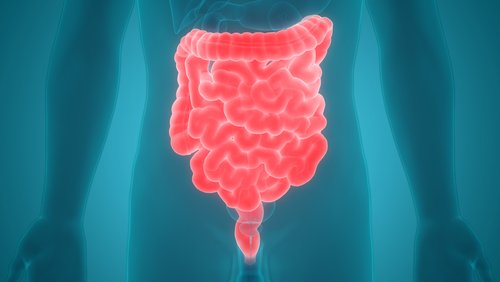Wake Forest University researchers have engineered sphincter muscles and intestines to replace damaged tissue in rabbits and rats with digestive system illnesses, such as inflammatory bowel disease.
“Our goal is to use a patient’s own cells to engineer replacement tissue in the lab for devastating conditions that affect the digestive system,” Dr. Khalil N. Bitar, a professor at the Wake Forest Institute for Regenerative Medicine, said in a news release.
The researchers at the Winston-Salem, North Carolina, institute reported on their work in two studies. One, titled “Successful Treatment of Passive Fecal Incontinence in an Animal Model Using Engineered Biosphincters: A 3 Month Follow-Up Study,” was published in Stem Cells Translational Medicine. The other, “Transplantation of a Human Tissue-Engineered Bowel in an Athymic Rat Model,” was published in Tissue Engineering Part C: Methods.
“Results from both projects are promising and exciting,” Bitar said.
Sphincters are ring-like anal muscles that control the discharge of stool. They can lose their normal function due to cancer, damage from child birth, and other causes. The damage often results in incontinence.
Current treatment options involve replacing the muscles with tissue grafts, artificial devices or artificial materials. None of those approaches is effective, and they can lead to complications and side effects.
“The regenerative medicine approach has a promising potential for people affected by passive fecal incontinence,” Bitar said. “These patients face embarrassment, limited social activities leading to depression and, because they are reluctant to report their condition, they often suffer without help.”
His team engineered sphincters from tissue, smooth muscle and nerve cells collected from rabbits. The scientists shaped the cells so they would assume the form of a natural sphincter. The entire process took four to six weeks.
To test the engineered muscle’s ability to function, the sphincters were implanted back into their biopsy donors. They proved functional, with the rabbits achieving normal continence during the three-month follow-up period. Researchers are still evaluating the sphincters’ long-term functioning.
The success of the sphincter project prompted the team to engineer intestinal tissue that could help those with digestive malfunction.
“A major challenge in building replacement intestine tissue in the lab is that it is the combination of smooth muscle and nerve cells in gut tissue that moves digested food material through the gastrointestinal tract,” Bitar said.
Researchers created sheets of smooth muscle and nerve cells by wrapping them around molds of chitson, a natural material derived from shrimp shells.
They initially implanted the tubular tissue in the belly of rats to promote the formation of blood vessels necessary for the cells’ long-term survival. During this process, the molds degraded as the tissue strengthened. After the blood vessel formation was complete, researchers connected the tubular intestines to the rats’ intestines.
In the next six weeks the animals gained weight, a sign that their intestines were absorbing more nutrients. An evaluation of the implanted tissue confirmed that it was functional.
“Our results suggest that engineered human intestine could provide a viable treatment to lengthen the gut for patients with gastrointestinal disorders, or patients who lose parts of their intestines due to cancer,” Bitar said.

